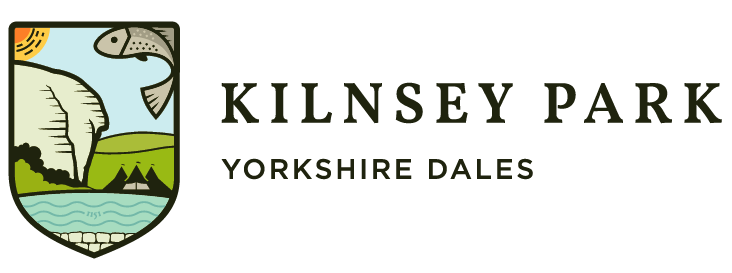History of Kilnsey Estate
Summary
The Kilnsey Estate dates back to the 1100s, when monks from Fountains Abbey farmed sheep here. The monks ran the Estate for 400 years until the land was taken by Henry VIII. Current owners the Roberts family have lived on the Estate since 1911. Sir James Roberts ran Salts Mill World Heritage Site, and made his fortune importing wool from Russia. He was a philanthropist who donated Haworth Parsonage (home of the famous Brontës) to the nation. His great-grandson Jamie Roberts is the current owner.
Today the 2,000 acre Estate is a hub for outdoors activities including mountain biking, fishing and horse riding. It is home to a rich array of wildlife including red squirrels and the UK’s rarest orchid. The Estate has its own café and award-winning smokehouse and generates all its own electricity from renewable sources. Every year the Estate is host to Kilnsey Show, which attracts up to 15,000 visitors annually.
Early history of Kilnsey
Kilnsey has had a long and fascinating history since the area was first settled. The hillsides are rich in prehistoric remains and a paradise for archaeologists. The ancient trackway of Mastiles Lane, which links the village to Malham, was an important route used by the Romans and later by sheep and cattle drovers. Although a sleepy backwater today, Kilnsey was once a stop on a major coaching road between London and Richmond.
The lands of the Kilnsey Estate were first recorded in the Domesday Book (their owner at the time was ‘Ulf’). Around 1151 a vast tract of land including Kilnsey was gifted to the monks of Fountains Abbey by Alice de Romille, the heiress to Skipton Castle. The monks controlled and farmed the Estate for nearly 400 years.
Sheep farming and the monks
It’s impossible to tell the story of the area without giving centre stage to sheep. Under the monks Kilnsey became an important centre for sheep farming, generating huge wealth for Fountains Abbey. There were huge sheep gatherings every year, when thousands of sheep were brought to Kilnsey to be washed and sheared. An important sheep fair still survived in the village into the 20th century. Today this woollen heritage is kept alive by a dwindling number of hill farmers and at the annual Kilnsey Show, with its proud tradition of sheep competition.
With the Dissolution of the Monasteries in 1536 the monks lands in Craven, including those around Kilnsey, were granted by Henry VIII to Sir Richard Gresham. It wasn’t long before the Kilnsey Estate had been divided and sold off in portions. The Tennant family purchased part of the land in 1572, and finally in the mid 1800s the Estate was reunited when George Tennant bought back surrounding lands. The Tennant Arms Hotel in the village still carries their name.
Fishing at Kilnsey
There is a long history of fishing and fish farming at Kilnsey. The river Wharfe has been a source of fish for locals for as long as the area has been settled. A pond at Kilnsey Park is thought to have been used by Cistercian monks to rear carp, which would have been fed to guests.
Kilnsey Angling Club – the country’s second oldest – was established in 1840 and continues to the present day. To find out more about the angling club and how to book day tickets please click here.
The trout farm and fishing lakes opened in 1978. The fish farm currently produces 60 tonnes of premium rainbow and brown trout which are stocked into fishing lakes and reservoirs across the north of England. To find out more about the fish farm please click here.
The Kilnsey Estate today
The Tennant family sold the Estate in 1911, having held it for almost 350 years. It was purchased by Bertram Roberts, the son of Sir James Roberts, a well-known Yorkshire businessman. Sir James ran Salts Mill in Saltaire (now a World Heritage Site) which at that time was one of the world’s largest mills employing over 4000 workers. He was also a well-known philanthropist who donated Haworth Parsonage, home of the Brontë sisters, to the nation in 1928 and his name still lives on in Saltaire’s Roberts Park.
Four generations of the Roberts family have lived and worked on the Kilnsey Estate. Under the family’s stewardship a number of new attractions have been developed, including fishing lakes, a pony trekking centre and the Kilnsey Park visitor attraction with café and holiday cottages. The Estate also hosts events and outdoor weddings.
Find out more
There are a number of exciting initiatives to uncover the fascinating history of the local area. These include projects by the Upper Wharfedale Heritage Group and local interviews by the Community History Project. To find out more please visit the Parish website.
Further reading
Kilnsey Township by Sonia Wilkinson – to purchase a copy please contact us.
Studs & Crooks – the Hidden History of Kilnsey Show by Victoria Benn and Jamie Roberts – to buy a copy click here.
Kilnsey Angling Club – The Early Years by Mike Hodgson – to access this book online click here.
